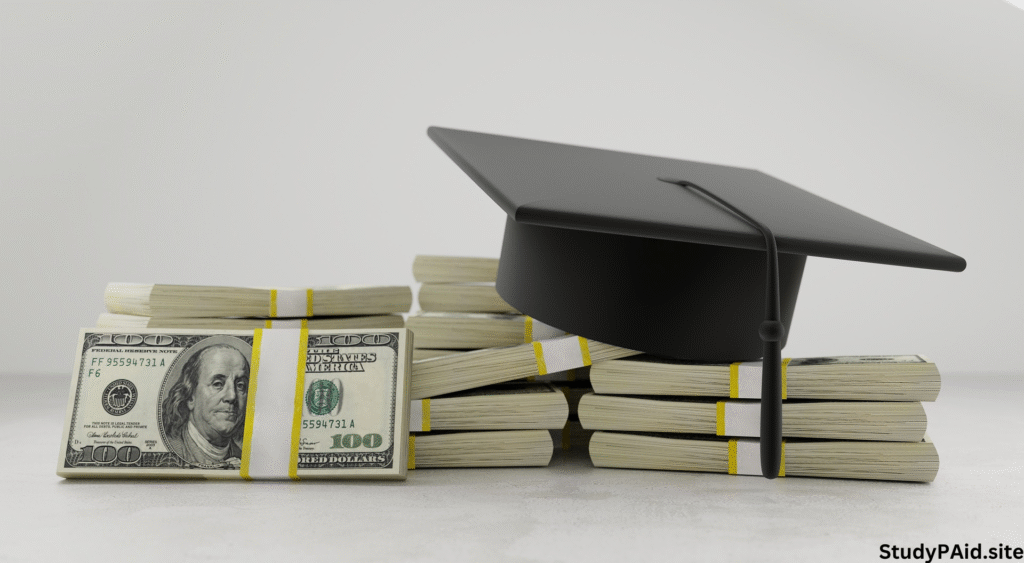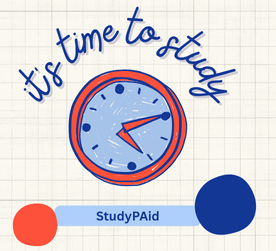Student loans play a crucial role in the financial planning of millions of students who are pursuing higher education. Lenders, lawmakers, and borrowers all need to understand student loan repayment metrics since keeping track of and paying off these obligations may be challenging. What follows is a comprehensive overview of the most important repayment metrics, together with an analysis of their relevance and the ways in which they impact financial planning and loan management.
What Are the Key KPIs for Student Loan Repayment?
Student loan repayment metrics are a set of data and indicators used to evaluate the success of loan repayment programs. Student loan portfolio health, borrower behavior, and loan performance may be better understood with the use of these metrics. They help with policy decisions, make it easier for borrowers to understand their repayment progress, and make it easier for lenders to assess risk.
What is the Significance of Student Loan Repayment Metrics?
-
Concerning Moneylenders: Metrics are useful for keeping tabs on repayment status, avoiding defaults, and making repayment plans easier to follow.
-
They let loan servicers and lenders evaluate default risks, collection strategies, and the overall health of loan portfolios.
-
Metrics have a role in policymakers’ decisions about debt forgiveness programs, repayment assistance, and adjustments to financial aid.
Key Information about Paying Back Student Loans
1. Repayment Rate
The payback rate is the proportion of borrowers that successfully reduce their loan total by a certain amount within a specified time period, often during the first three to five years after beginning payments. Repayment rates that are high indicate that borrowers are effectively paying back their debt, while rates that are low can suggest that borrowers are experiencing financial difficulties or may default on their loans.
-
Reason being: Lenders evaluate loan performance and policy adjustments are based on repayment rates.
-
Example: If 70% of borrowers paid back their loans, it means that 70% of them achieved substantial progress.
2. Default Rate
The default rate is the proportion of debtors that fail to make payments for a certain duration, usually 270 days or more. Default not only lowers credit scores but also opens the door to income garnishment and tax return offsets.
-
Why it matters: Borrowers’ and loan programs’ capacity to weather financial storms is shown by their default rates.
-
SEO tip: A search engine optimization strategy would be to include keywords like “student loan default,” “default consequences,” and “default prevention” when applicable.
3. Delinquency Rate
The delinquency rate tracks borrowers who have fallen behind on their payments but have not yet defaulted. It is common for delinquency to occur before default and is an indication of potential repayment troubles.
-
Importance: Lenders and servicers may intervene and provide support when delinquency is identified early.
-
Related terms: “delinquent student loans,” “difficulties with repayment,” and “options for forbearance.”
4. The Rate of Cohort Default (CDR)
This indicator focuses on students who default within a certain cohort, usually those who start repaying during a fiscal year. It is heavily used by the Department of Education to assess how well students are doing in class.
-
Why it matters: Sanctions, including losing government funds, may be imposed on schools with high CDRs.
-
Common synonyms: “school accountability,” “federal student aid,” and “cohort default management.”
5. Average Monthly Funds Transfer
To better understand the borrower’s ability and repayment status, it is helpful to track the average monthly payment amount. Data such as the borrower’s salary, loan amount, and chosen repayment plan are shown.
-
The significance: It helps in finding out whether the borrower is paying enough to reduce debt or just interest.
-
SEO keywords: “Pay your student loans monthly,” “repayment programs,” and “income-driven repayment.”
6. Payback Period Length
This is the period of time that students have to pay back their loans; the exact number of years might range from ten to twenty-five.
-
This is important because: Longer periods reduce monthly payments but raise total interest paid, while shorter terms require bigger payments but save interest.
-
Relevant search terms: “loan amortization,” “loan term,” and “repayment period.”
7. Decrease in Loan Amount
A direct view of repayment effectiveness is provided by monitoring the principal decline over time, which goes beyond just payment amounts.
-
What this means: It helps both the lender and the borrower understand how the repayments will affect the total amount of debt.
-
SEO terms: “principal reduction,” “student loan payoff,” and “loan balance tracking.”
8. Accrual Interest Rate
An important factor in the total cost of repayment is the interest accrual rate, which shows the amount of interest that is added to the loan balance over time.
-
Why it matters: By knowing how interest is accrued, borrowers may arrange their payments to lower long-term expenditures.
-
Synonyms: “lowering interest costs,” “interest capitalization,” and “student loan interest.”
Advice for Borrowers on Making the Most of Student Loan Repayment Metrics
-
Pay close attention to the pace at which your balance is being reduced: Keep an eye on your loan statements to see whether things are looking up.
-
Sending reminders and contacting your loan servicer if problems arise are great ways to stay ahead of the game and avoid default and delinquency.
-
Choose the repayment plan that best suits your needs: Weigh the benefits and drawbacks of extended repayment plans or income-driven programs using metrics; although they may cut monthly payments, they may also increase total interest.
-
Consolidation and refinancing are two options to consider: If your indications show long payback periods or substantial interest accrual, refinancing can be a cost-saving measure.
Regarding Lenders and Servicers
-
Locating high-risk borrowers in a timely manner: Default and delinquency metrics may help direct outreach and support efforts.
-
Make the most efficient payback plans by tailoring options to each borrower’s unique situation and financial situation.
-
Improve methods of collection by studying payment trends to design effective assistance and incentive programs.
Educators and Government Officials
-
Evaluate how well the program is working: Utilize repayment data and cohort default rates to assess the efficacy of aid programs.
-
Develop interventions by identifying the locations where borrowers are facing the most difficulties and establishing networks to assist them.
-
Make it easier for prospective students to make educated decisions regarding loans and schools by making repayment information publicly available.
Challenges in Evaluating Measures of Student Loan Repayment
There are benefits and downsides of using repayment metrics:
-
Data lag: Due to the delayed arrival of payback data, real-time monitoring is difficult.
-
Wide variety of repayment options: The difficulty in making comparisons may stem from the wide array of repayment options.
-
Income fluctuations: Variations in the borrowers’ financial situations might affect the consistency of their payments.
-
Loan forgiveness programs: Metrics that do not take into consideration debts that are dismissed due to loan forgiveness might lead to distorted results.
The Road Ahead for Student Loan Repayment Metrics
Advancements in data analytics and technology provide better monitoring and the ability to forecast payback results. Possible improvements to borrower support and individualized repayment plans could result from the combination of real-time financial data with machine learning.
In Conclusion
It is critical that all parties involved in the student loan system be familiar with the metrics used to evaluate repayment progress. No matter your role in decision-making—as a borrower controlling debt, a lender assessing risk, or a politician shaping education funding—these measures provide valuable insights. Payback rates, default rates, and payback amount reduction are critical variables that stakeholders should focus on in order to improve loan outcomes, reduce default rates, and create a more sustainable student loan environment.
